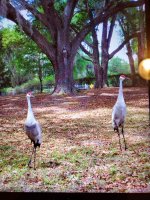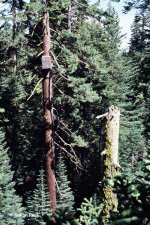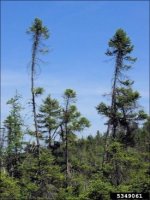I have two: The White Birch & the Tamarack.
Both are of trees of the north, beautiful, useful as firewood for warmth in the long northern winters, can be bent for sled runners & toboggans, greenwood spoon carving material. The White Birch sheds nice thin pieces of her bark for easy gathering for instant fire starter material. Thick bark for weaving into many useful articles (mats, knife sheaths, baskets, packs) sheets that were used for canoe building, that enabled exploration of many areas of North American, water proof roofing for indigenous peoples dwelling. The Tamarack for rot resistant poles, posts, & cabin logs.
Did I mention that they are both beautiful? Spring Green leaves & needles that are lovely in early spring. Dark Green that give shade in the heat of summer. Turn autumn into a Golden paradise in the fall. After they shed their gold leaves and smokey gold needles they let the low angle. feeble winter sun’s light shine into my warm cozy home in the north.
What’s not to like about Tamarack and White Birch.



